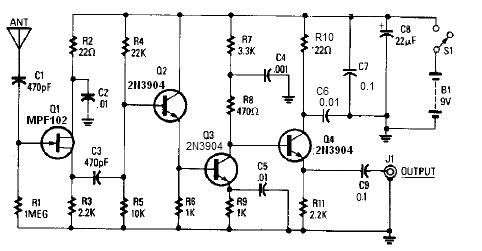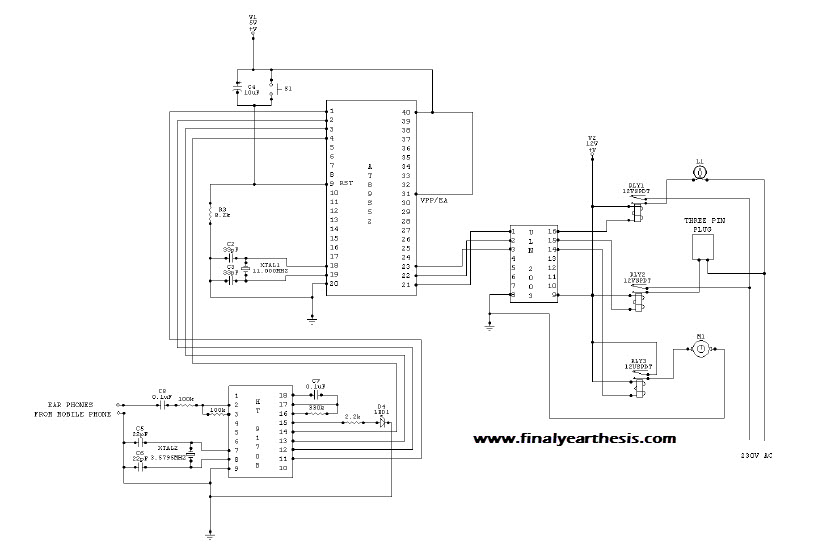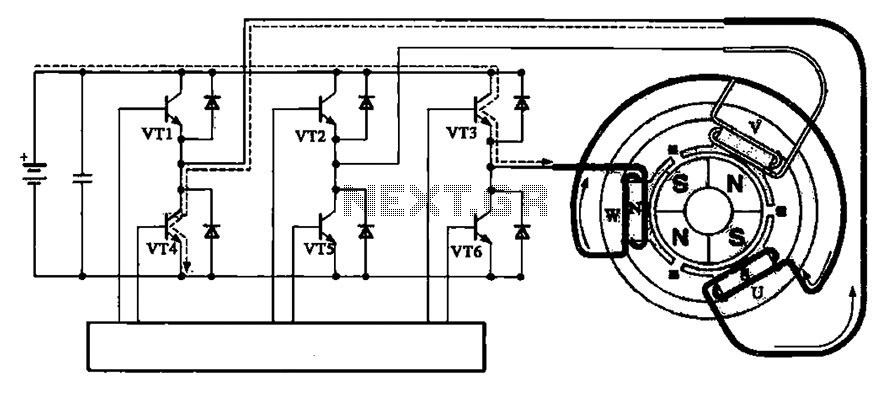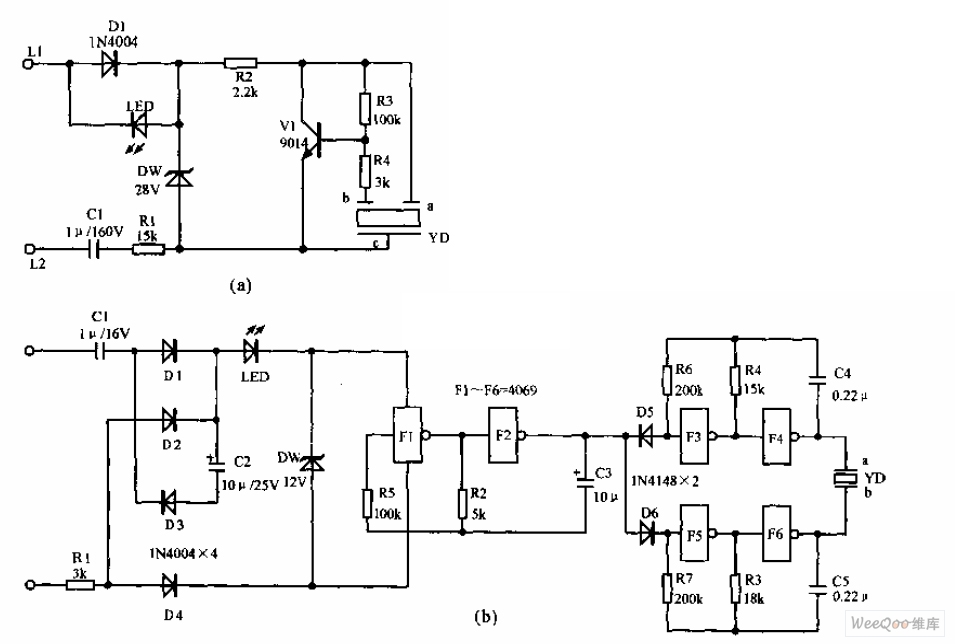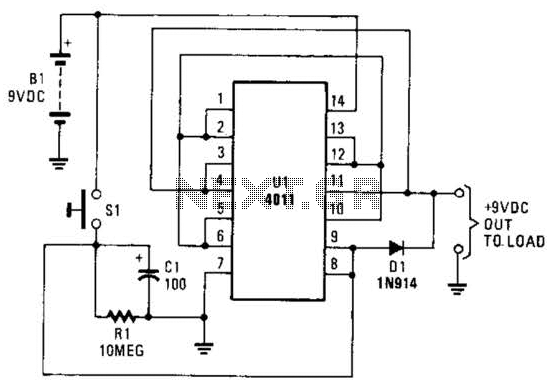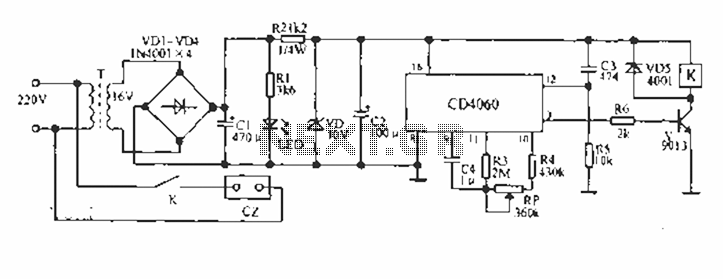
Modified 220V Dimmer Circuit
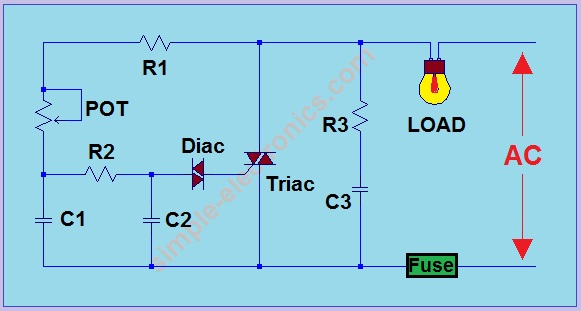
Note: Do not build or use this if you do not have any knowledge in electrical or electronics. This project is not safe for beginners, and the voltage involved is dangerous and can cause electrocution. Do not exceed the load of more than 600W (220VAC).
This project involves the design and implementation of a high-power electrical circuit, which operates at 220VAC and is capable of handling loads up to 600W. Due to the high voltage levels and potential hazards associated with electrical projects, it is imperative that only individuals with a solid understanding of electrical engineering principles undertake this project.
The circuit should incorporate appropriate safety mechanisms, such as fuses or circuit breakers, to prevent overload conditions that could lead to equipment damage or personal injury. Isolation transformers may also be utilized to enhance safety by providing galvanic isolation between the mains supply and the load.
It is essential to ensure that all components used in the circuit are rated for the specified voltage and current levels. For instance, the use of high-voltage capacitors, resistors, and inductors must be carefully selected to withstand the operational conditions. Additionally, proper heat dissipation methods, such as heatsinks or cooling fans, should be employed to manage thermal performance, especially when operating near the maximum load capacity.
Wiring must be done using appropriately gauged conductors to handle the expected current without overheating. Furthermore, all connections should be secured and insulated to prevent accidental contact, which could lead to electric shock.
In summary, this project requires a thorough understanding of electrical safety, component selection, and circuit design to ensure safe and effective operation. It is strongly advised that individuals seek guidance or supervision from qualified professionals when engaging in such high-voltage projects.Note:Do not build or use this if youdon`thave any idea in electrical or electronics. This project is not safe forbeginners and voltage involve is dangerous and can cause electrocution. Do not exceed the load to more than 600W (220VAC). 🔗 External reference
This project involves the design and implementation of a high-power electrical circuit, which operates at 220VAC and is capable of handling loads up to 600W. Due to the high voltage levels and potential hazards associated with electrical projects, it is imperative that only individuals with a solid understanding of electrical engineering principles undertake this project.
The circuit should incorporate appropriate safety mechanisms, such as fuses or circuit breakers, to prevent overload conditions that could lead to equipment damage or personal injury. Isolation transformers may also be utilized to enhance safety by providing galvanic isolation between the mains supply and the load.
It is essential to ensure that all components used in the circuit are rated for the specified voltage and current levels. For instance, the use of high-voltage capacitors, resistors, and inductors must be carefully selected to withstand the operational conditions. Additionally, proper heat dissipation methods, such as heatsinks or cooling fans, should be employed to manage thermal performance, especially when operating near the maximum load capacity.
Wiring must be done using appropriately gauged conductors to handle the expected current without overheating. Furthermore, all connections should be secured and insulated to prevent accidental contact, which could lead to electric shock.
In summary, this project requires a thorough understanding of electrical safety, component selection, and circuit design to ensure safe and effective operation. It is strongly advised that individuals seek guidance or supervision from qualified professionals when engaging in such high-voltage projects.Note:Do not build or use this if youdon`thave any idea in electrical or electronics. This project is not safe forbeginners and voltage involve is dangerous and can cause electrocution. Do not exceed the load to more than 600W (220VAC). 🔗 External reference
Warning: include(partials/cookie-banner.php): Failed to open stream: Permission denied in /var/www/html/nextgr/view-circuit.php on line 713
Warning: include(): Failed opening 'partials/cookie-banner.php' for inclusion (include_path='.:/usr/share/php') in /var/www/html/nextgr/view-circuit.php on line 713
